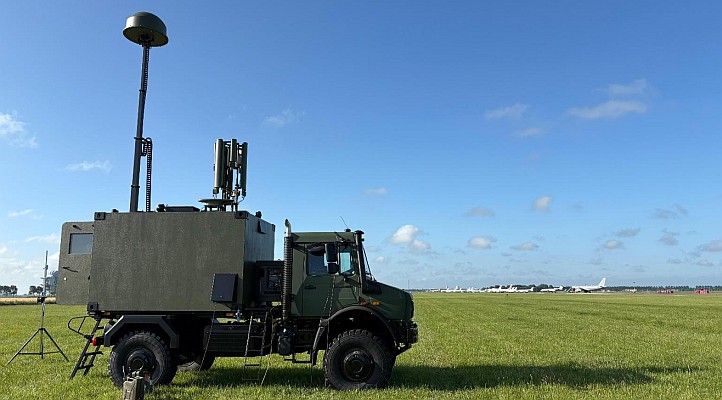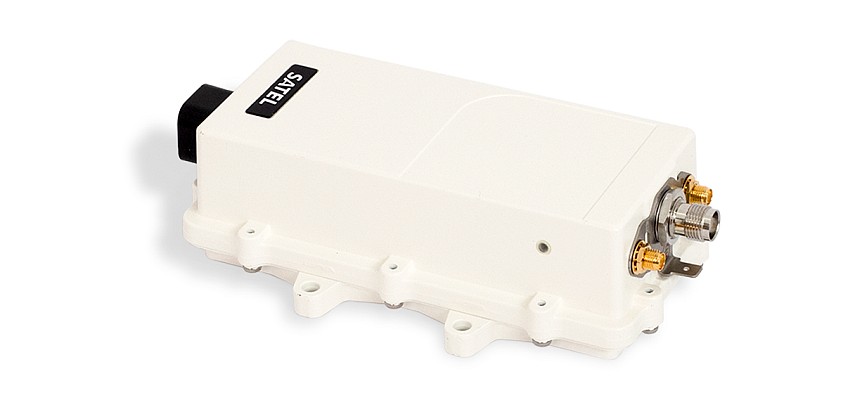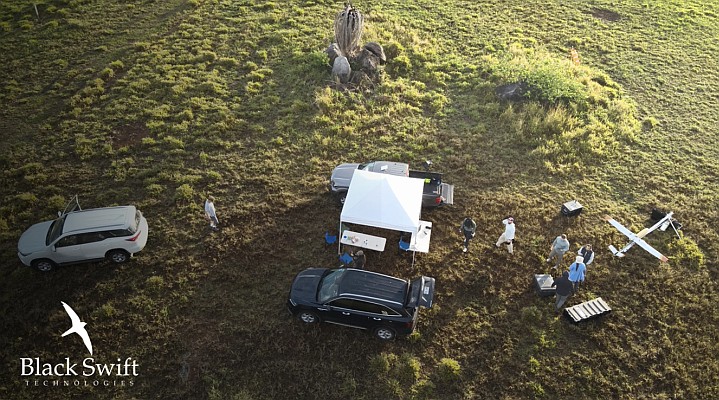 Written by water industry professionals, Hydraulic Modeling and GIS specifies the steps necessary to effectively integrate hydraulic models with a GIS. The book offers best practices and explains how to navigate challenges.
Written by water industry professionals, Hydraulic Modeling and GIS specifies the steps necessary to effectively integrate hydraulic models with a GIS. The book offers best practices and explains how to navigate challenges.
The well-designed integration of a hydraulic model with GIS provides ready access to mission-critical data for water/wastewater professionals. As a result, risk-of-failure analysis, repair and replacement, capacity assessment, capital improvement planning, and numerous other water utility applications run more efficiently and more effectively.
Steps detailed in the book for a successful integration include the following:
– Establish a common vision, including data design, among stakeholders.
– Develop a standard methodology for assigning unique IDs to all utility assets.
– Reconcile GIS data to obtain a dataset suitable for ongoing hydraulic modeling.
– Define topology rules to ensure continued database integrity.
– Migrate corrected and added features and attributes from the hydraulic model to the GIS.
Esri’s global water/wastewater industry manager Lori Armstrong edited Hydraulic Modeling and GIS, which was written in collaboration with the American Water Works Association, Water Environment Federation, and International Water Association. The book is recommended for water, wastewater, and storm water professionals, including engineers, managers, data managers and modelers, technicians, and water industry consultants.
Hydraulic Modeling and GIS (ISBN: 978-1-58948-301-9, 82 pages, US$11.95) is available at online retailers worldwide, at esri.com/esripress, or by calling 1-800-447-9778. Outside the United States, visit esri.com/esripressorders for complete ordering options or visit esri.com/distributors to contact your local Esri distributor. Interested retailers can contact Esri Press book distributor Ingram Publisher Services.
For additional information on Esri’s GIS solutions for water and wastewater, visit esri.com/water-wastewater.
Get to know the new social net GeoConnectPeople.






